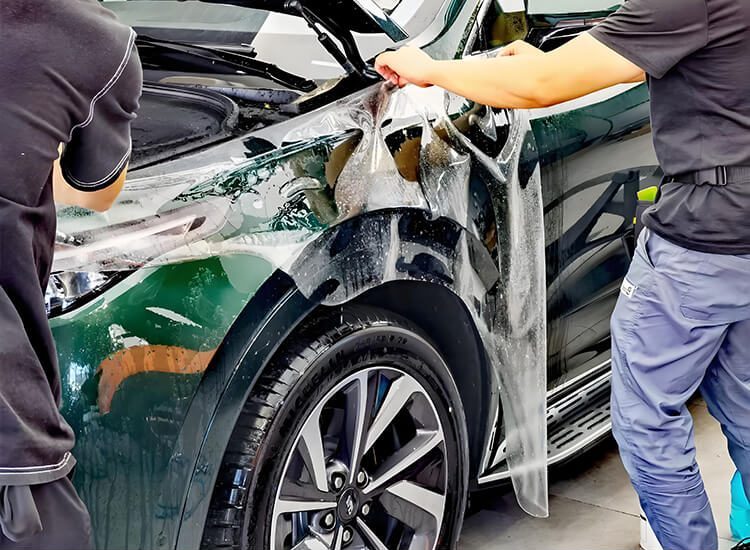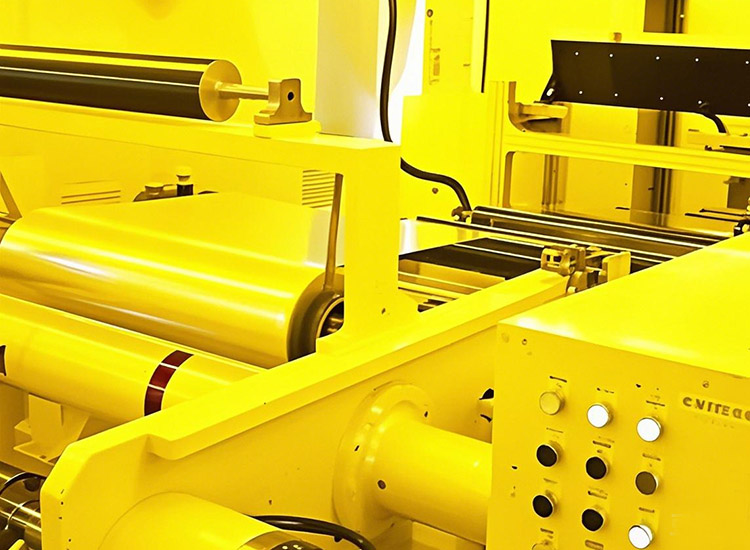How to Safely Remove Paint Protection Film Without Damaging Your Paint
Removing paint protection film (PPF) may sound simple, but doing it the wrong way can cause costly damage to your vehicle’s original paint. Whether your film is old, yellowed, or simply no longer needed, knowing how to safely take it off is key to preserving the beauty and value of your car. This guide will walk you through everything you need to know about safe PPF removal—from tools and techniques to common pitfalls—and help you make the right choices when it’s time to uninstall paint protection film.
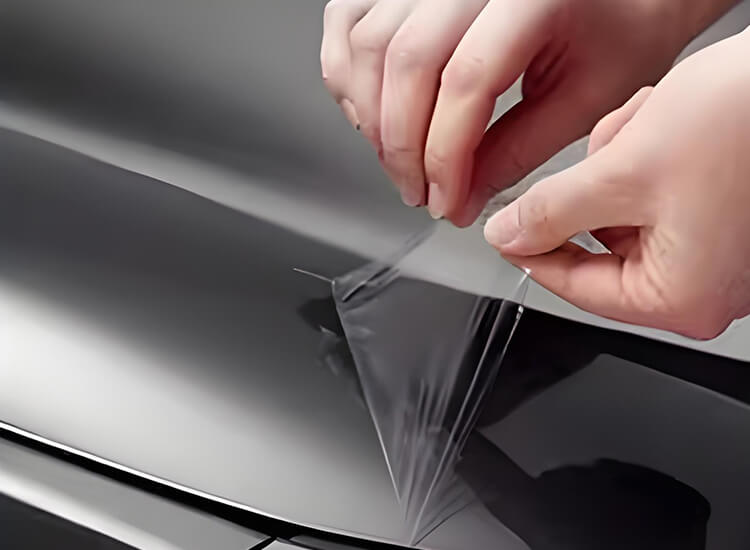
Why Would You Need to Remove Paint Protection Film?
There are several reasons drivers choose to remove paint protection film from their vehicles. Over time, even high-quality PPF can begin to discolor, peel, or crack—especially if it’s exposed to harsh sun or wasn’t installed correctly. In some cases, car owners want to replace the film with a newer or better-performing version. Others simply prefer the look of a film-free finish. Whatever the case, knowing how to remove paint protection film from car surfaces safely ensures you don’t turn a protective solution into an expensive repair job. If you’re planning to replace your film, you might want to explore the types of paint protection film available today to choose the one that best suits your driving environment.
How Long Does Paint Protection Film Last?
Most premium PPF products are designed to last anywhere from 5 to 10 years, depending on the brand, climate, and how well the vehicle is maintained. Once the film begins showing signs of aging—like yellowing, bubbling, or lifting at the edges—it’s time to consider taking it off. The PPF removal process becomes more difficult and risky as the film gets older, especially if adhesive bonds have hardened over time or if the film is cracked.
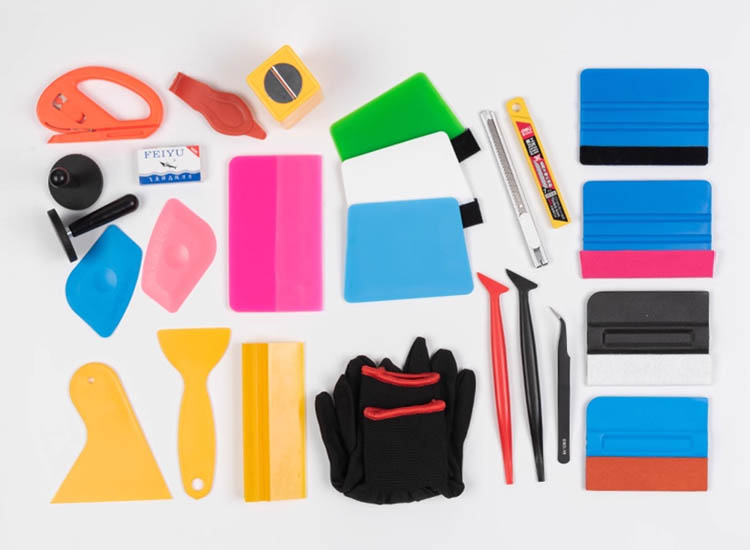
Tools You’ll Need for PPF Removal
Essential Tools for PPF Removal
To remove paint protection film properly, you’ll need a few basic tools:
- Heat gun or hair dryer (low setting)
- Plastic scraper or squeegee
- Microfiber towels
- Adhesive remover (such as citrus-based degreasers)
- Isopropyl alcohol
- Patience (lots of it)
If you’re attempting DIY PPF removal step by step, make sure your tools won’t scratch or overheat the car’s surface. Heat helps soften the adhesive, making it easier to peel off paint protection film without breaking it into pieces.
Step-by-Step: How to Remove Paint Protection Film from Car
Step 1: Warm Up the Film
Start by heating the section of film you want to remove using a hair dryer or heat gun. Keep the heat source 6–8 inches away and move it slowly in circles. This softens the adhesive beneath the film, making it easier to pull without tearing. Avoid using excessive heat, as it could damage the paint.
Step 2: Lift the Edge
Use your fingernail or a plastic scraper to gently lift one edge of the PPF. Never use metal tools, as they can scratch your paint. Once an edge is free, grip it with both hands.
Step 3: Peel Slowly
Peel off the clear bra slowly and evenly at a 45–60 degree angle. Don’t yank or rush. If the film tears or leaves residue, reheat that section and try again. For older or brittle film, breaking into smaller strips might be necessary.
Step 4: Remove Residual Adhesive
Once the film is off, adhesive residue may remain. Use a citrus-based cleaner or adhesive remover to gently dissolve the glue. Avoid rubbing too hard—use microfiber towels and let the cleaner do the work.
Step 5: Final Clean-Up
Wipe the surface with isopropyl alcohol to remove any remaining chemicals. Then wash and wax the area to restore gloss and protection. Not sure how to care for your paint post-removal? Here’s a useful guide on how to wash or wax a car with paint protection film if you decide to install a new one right after.
Can You Remove PPF Without Damaging the Paint?
Yes, you absolutely can—if you follow the right steps and use the right tools. The biggest risks occur when trying to remove sun-damaged PPF, brittle film, or when using too much force or the wrong type of heat. Never try to strip paint protection film in freezing weather or without heat, as the adhesive will be too stiff and more likely to pull off clearcoat.
For high-end vehicles or older films, some owners prefer to go to a pro. If you search for “professional PPF removal near me,” you’ll find detailing shops that offer this service, often for $200–$500 depending on vehicle size and film condition. Wondering how much you might pay for a new layer afterward? Here’s a complete breakdown of the PPF coating cost so you can plan accordingly.
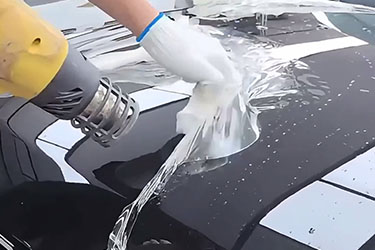
Should You Use a Heat Gun or Try to Remove Clear Bra Without One?
Heat vs. No Heat
Using heat is almost always safer and more effective. While it’s possible to remove clear bra without heat gun (for example, using direct sunlight), it’s slower and increases the risk of tearing. Heat helps to detach paint protection film cleanly, especially on curved or heavily bonded areas like bumpers and mirrors.
What If There’s Paint Damage After Removing PPF?
Paint damage is rare but possible—especially if:
- The paint was repainted or not OEM
- The film was on for more than 10 years
- Poor installation caused bubbles or edge lifting
If you notice paint damage after removing PPF, get it professionally evaluated. Light scuffs can often be corrected with polishing, but exposed primer or peeling clearcoat may require repainting. If you’re debating between installing a new film or trying something else, it’s worth reviewing the differences between paint protection film and ceramic coating to see which one fits your needs better.
Tips for Removing Yellowed or Ceramic-Coated PPF
Ceramic-coated PPF may be trickier to remove because the coating can reduce heat penetration. In such cases, use higher heat and more patience. For yellowed PPF at home, expect brittleness and increased adhesive residue—go slow, work in small sections, and don’t skip the adhesive removal step.
Also, before reapplying, make sure you understand exactly how much film you’ll need. This will help you avoid wasting material and money. Check out this quick calculator for estimating PPF usage volume based on your car’s size and coverage goals.
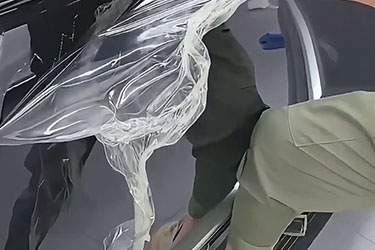
When to Remove and When to Replace
Sometimes it’s better to delete PPF and start fresh. If your current film is worn, discolored, or poorly installed, removing it the right way will not only protect your paint but also improve your vehicle’s appearance. Whether you’re prepping for a new layer of film, planning to install a ceramic coating, or just want your car back to bare paint, knowing how to safely take off paint protection film is essential for any car owner who values a flawless finish.
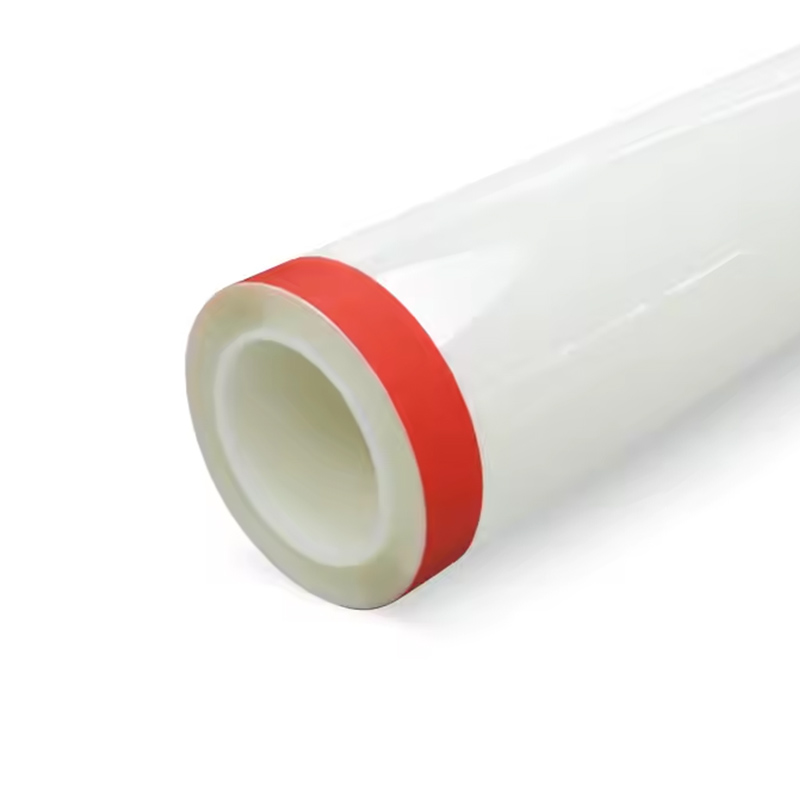
Frequently Asked Questions (FAQs)
1. Can I remove paint protection film myself?
Yes, you can—just make sure you use proper tools and heating techniques to avoid damaging your paint.
2. How much does it cost to remove paint protection film professionally?
Depending on the size of your car and condition of the film, professional removal typically ranges from $200 to $500.
3. What’s the best way to remove paint protection film from the car hood?
Use a heat gun and gently peel the film back at an angle. Work slowly in small sections for best results.
4. How do I remove PPF adhesive residue?
Use a citrus-based adhesive remover or isopropyl alcohol with a microfiber cloth. Let the solution sit for a few minutes before wiping.
5. Is there a risk of damaging the paint during PPF removal?
There’s minimal risk if done correctly. However, older or low-quality film can pull up paint if not handled with care or if applied to repainted surfaces.
